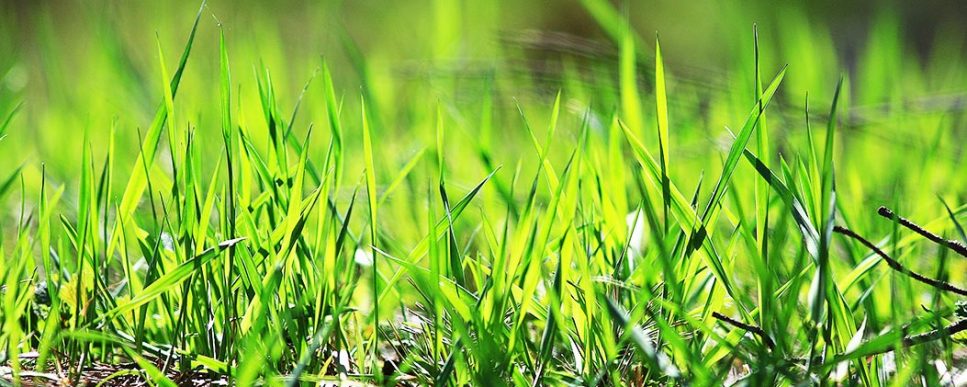What’s the difference between Hydroseeding and Hydromulching?
HYDROMULCHING, HYDROSEEDING
Hydroseeding
Hydroseeding uses water as a carrier to spray seed and fertiliser onto the seedbed. The hydroseed distribute seed and fertiliser, especially for hard-to-reach areas where alternative seeding methods aren’t easily accomplished.
Hydromulching
Hydromulching is similar to hydroseeding, but it adds a fibre-mulch to the mixture of seed, fertiliser and water. The mulch acts as a cover for the seed, helping it retain moisture for faster germination and growth, while protecting the soil from erosion and prevent the seeds from washing away in the rain.
The hydromulching mix is applied and typically consists of a slurry of seed, fertiliser, water, nitrogen, biopolymer, biologically active soil conditioners, a non toxic green colour dye, and organic mulch fibres which will degrade over several months.

